 Man on a Ledge/2012/Summit Entertainment/102 min.
Man on a Ledge/2012/Summit Entertainment/102 min.
By Michael Wilmington
“Man on a Ledge,” a thriller about a man clinging to a 21st-story ledge, while Manhattan goes wild below him, is a real mind-boggler – not because of any hair-raising suspense but because the story is so ridiculous that, despite a high-octane cast, it’s capable of putting you into a state of befuddled exasperation and disbelief.
“Man on a Ledge” has that slick, self-satisfied gleam movies can get when they cost too much and they’re stuffed with formula and clichés and stars. The picture’s constantly accelerating absurdities suggest that the filmmakers assume their audience will swallow anything. It also has a plot so preposterous, motivations so inane and an ending so bonkers that the best way to play them would be for laughs, if the show were good at comedy (which it isn’t).
Consider the premise. A tough ex-cop named Nick Cassidy (Sam Worthington) is in jail, framed for a $40 million diamond robbery from a Donald Trump-like financier named David Englander (Ed Harris). Nick escapes from custody while on a furlough to attend his father’s funeral, then checks into the Roosevelt Hotel, orders breakfast and crawls out the window onto the ledge, 21 stories above the street.
Soon, he attracts a crowd, as well as police (his buddy Mike played by Anthony Mackie and the cynical Jack played by Edward Burns), along with a vain, callous TV news reporter Suzie Morales (Kyra Sedgwick), and a lusty but conscientious crisis negotiator, Lydia Mercer (Elizabeth Banks), who tries a little harder than Jack to talk Nick back inside.
It doesn’t work. Nick keeps refusing to get off his ledge while talking in a curious accent that suggests an Australian trying to impersonate a New York City Irish-American. (Couldn’t Worthington get some lessons from Burns?)
Why, you might wonder, does somebody break out of prison in order to jump out of a hotel window? Good question. (There are many more.) It turns out that the episode we’re watching is not a real suicide attempt, but an elaborate diversion, intended to preoccupy the police and everyone else.
Meanwhile, across the street, Nick’s live-wire brother Joey (Jamie Bell) and Joey’s hottie partner Angie (Genesis Rodriguez) break into Englander’s suite, where they’re convinced the $40 million diamond is still lying around somewhere and will exonerate Nick, if they can find it. In other words, the “jump” is staged as part of a robbery intended to clear the “jumper” of a conviction for another robbery of the very same diamond. Got that?
Why this outrageously silly heist is committed during the day, after a huge crowd, police and media have been pulled into the area by the phony suicide, or why Nick didn’t do his ledge routine somewhere else farther away, remains another of the show’s endless mysteries.
“Man on a Ledge” is director Asger Leth’s first fiction feature – he’s done an admired documentary called “Ghosts of City Soleil” – and he makes the movie slick and fast. (Pablo F. Fenjves wrote the script.) Ludicrous, yes, but it’s never boring, and the sheer, uninspired phoniness and preposterousness almost command a perverse respect, though, to tell the truth, I couldn’t wait to leave.






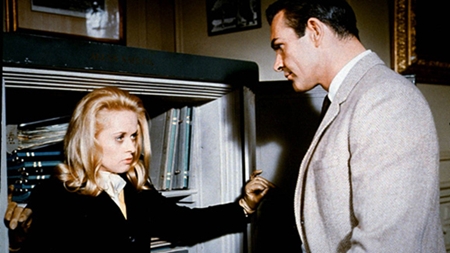
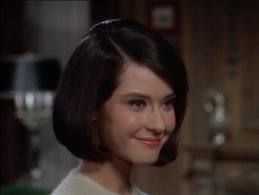
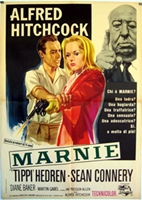

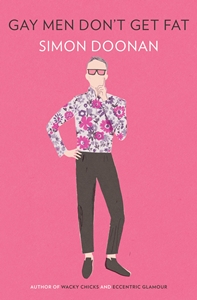
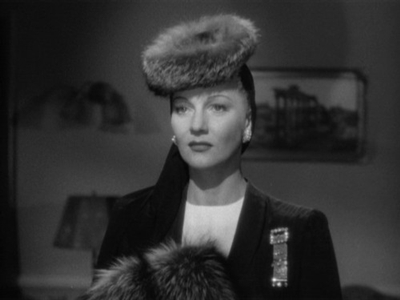
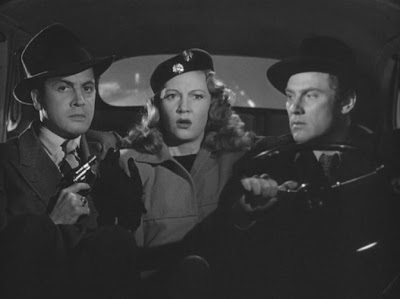
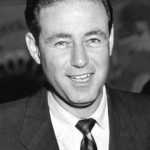
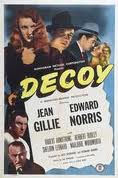

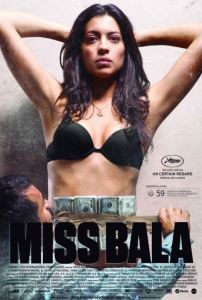
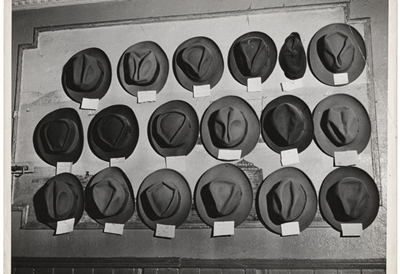
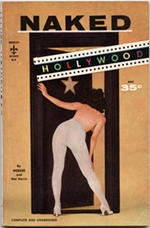
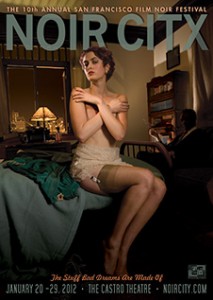





From FNB readers